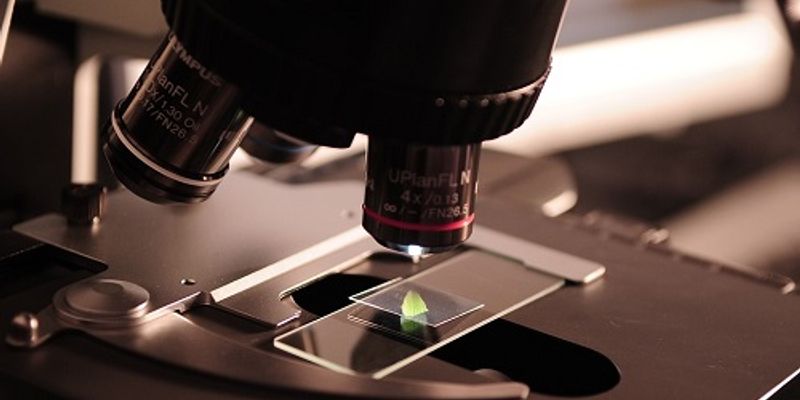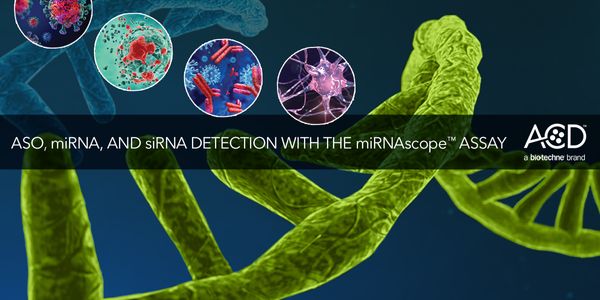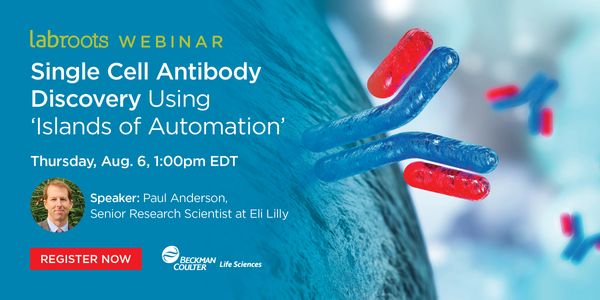Cell Line Development: Stable cell lines are widely used in a number of important applications including biologics (e.g. recombinant protein and monoclonal antibody) production, drug screening, and gene functional studies. The process of developing stable cell lines often starts with transfecting selected host cells, typically CHO or HEK 293 cells, with desired plasmids. After transfection, researchers then screen and quantify high-expressing clones. Once these high producers are identified, the cell lines and/or the proteins produced by the cells are validated. The manual screening methods traditionally used for cell line development are time-consuming and labor-intensive, creating a great demand for high-throughput, automated solutions for such efforts.
-
In this webinar, we will present QIAGEN CLC Genomics Workbench and its utility for bacterial isolate identification, strain discrimination using core genome multi-locus typing (cgMLST) and d...
Date: September 10, 2020 Time: 9:00am (PDT), 12:00pm (EDT) Osmolality testing is relevant throughout the entire bioprocessing workflow. As customers look to refine mAb and gene therapy workf...
DATE: August 26, 2020 TIME: 8:00 am PDT The host immune "recognition" of cancer forms the basis of modern tumor immmunotherapy, a highly targeted treatment option with the demonstr...
DATE: August 25, 2020 TIME: 8:00am PDT, 10:00am CDT, 11:00am EDT Recombinant lentivirus (LV) and adeno-associated virus (AAV) are critical components of cell and gene therapies, which show g...
DATE: August 18, 2020 TIME: 10:00am PT Get deeper understanding of gene expression patterns by using assays that retain spatial organization at single cell resolution! Come learn about the n...
DATE: August 6th, 2020 TIME: 10:00am PT In recent years Lilly has implemented a Next Generation Research (NGR) initiative to improve the value output of the R&D portfolio. One of the NGR...
Over the last decade the cancer research field has seen a number of advances aimed at increasing the efficacy of treatments, reducing toxic side effects, and decreasing attrition rates of dr...
The use of three‐dimensional (3D) culture models is rapidly expanding due to their recognition as representing more structurally and physiologically relevant models of in vivo biology. 3D ce...
Metastasis is the main cause of death in cancer patients and one of the most complex biological processes in human diseases (Hanahan et al., 2011). The development of therapies designed to f...
Three dimensional (3D) spheroidal cell models have become a mainstay in life science research to provide the most in vivo-like environment. Performing media exchanges and washes with unattac...




















